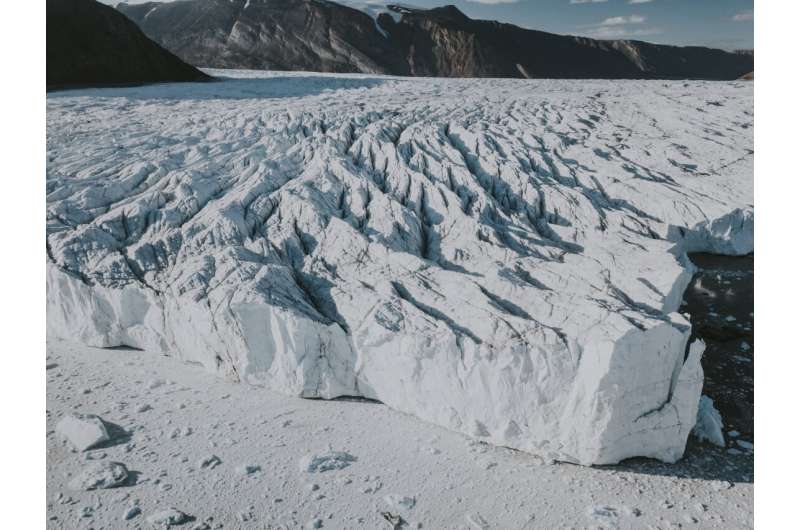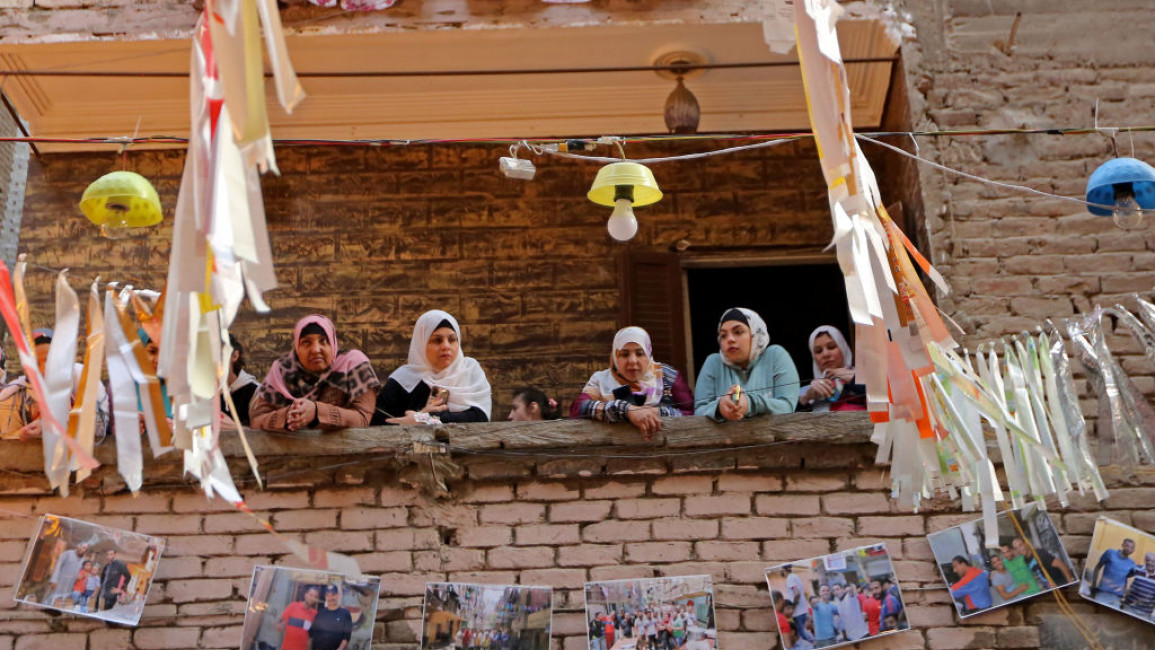Bayer appeal to dismiss Roundup weedkiller lawsuits rejected by U.S. Supreme Court
Bayer said it plans to replace glyphosate-based weed-killing ingredients in products for non-professionals in the U.S. with alternative active ingredients in order to “manage litigation risk in the U.S.,” but not due to concerns about safety.
The U.S. Supreme Court has rejected an appeal by German company Bayer AG to dismiss legal claims by customers who assert one of its products — glyphosate-based Roundup weedkiller — causes cancer. The multinational chemical and pharmaceutical company could potentially owe billions of dollars in damages, reported Reuters.
The decision by the Supreme Court meant a verdict by a lower court that had upheld $25 million awarded to Edwin Hardeman — a California resident and Roundup consumer who blamed Bayer’s weedkiller for his cancer after using it at his home for 26 years — was left intact.
In 2015, Hardeman was diagnosed with non-Hodgkin’s lymphoma and contended that Bayer hadn’t given a warning as to the cancer risks of glyphosate, The Washington Post reported.
“[N]ow thousands of other cancer victims can continue to hold Monsanto accountable for its decades of corporate malfeasance,” lawyers representing Hardeman, Jennifer Moore and Aimee Wagstaff said in a statement, as reported by The Washington Post.
Bayer acquired Monsanto, the original maker of Roundup, in 2018.
The International Agency for Research on Cancer (IARC) classified the herbicide glyphosate as “probably carcinogenic to humans” in 2015.
The weedkiller is still approved for use in the U.S., Europe and other places, reported BBC News. Parts of the European Union have banned the herbicide, according to Deutsche Welle.
A 2019 analysis showed that glyphosate was the most used pesticide in the U.S., the Midwest Center for Investigative Reporting said.
Bayer is currently in the midst of thousands of lawsuits, with another Bayer appeal on the horizon for the Supreme Court in the weeks to come, Reuters reported. The Court’s rejection of the current appeal by Bayer led to a 2.9 percent dip in the company’s shares.
Last week, the U.S. Environmental Protection Agency (EPA) was ordered by a federal appeals court to reexamine if glyphosate presents risks that are unreasonable to people and the environment.
In a decision favorable to farm worker, environmental and food safety advocates, the U.S. Court of Appeals for the Ninth Circuit ruled that the EPA hadn’t sufficiently considered if glyphosate poses a threat to endangered species and causes cancer.
In its annual report released in March, Bayer said that about 107,000 of its approximately 138,000 cases had been resolved. The cases against the company argue that customers should have been warned of the alleged risk of cancer.
Bayer has asserted that the claims that glyphosate and Roundup cause cancer are contrary to science and the approval of the EPA, which has supported assertions that glyphosate is non-carcinogenic and, when used as the label advises, not a public health risk.
Bayer has asked for a review of the Supreme Court’s decision in the Hardeman case. The company argued that it should not be punished when the EPA wouldn’t allow a cancer warning to be put on its product and had determined it to be safe.
Bayer said it plans to replace glyphosate-based weed-killing ingredients in products for non-professionals in the U.S. with alternative active ingredients in order to “manage litigation risk in the U.S.,” but not due to concerns about safety, reported The Washington Post.
US Court of Appeals overturns EPA’s
decision that glyphosate is safe for
humans and wildlife
Glyphosate, the active ingredient in Monsanto-Bayer’s pesticide, is the most widely used pesticide in the world.
The U.S. Court of Appeals for the Ninth Circuit ruled against the Environmental Protection Agency’s decision that the pesticide, glyphosate, was safe for humans and wildlife. A coalition led by the Center for Food Safety brought the case against the EPA and several ag organizations.
The Court ruled that the EPA’s “inconsistent reasoning” made its decision on cancer “arbitrary,” and therefore ruled against the Agency and sided with the Center for Food Safety.
While research and epidemiological studies have proved glyphosate to cause Non-Hodgkin’s Lymphoma, new evidence shows a correlation between glyphosate exposure and infertility and endocrine disruption to name a few health risks, according to Dr. Zach Bush.
The Court also ruled that the EPA’s decision violated the Endangered Species Act since the Agency admitted prior that “glyphosate ‘may affect’ all listed species experiencing glyphosate exposure—that is 1,795 endangered or threatened species,” but ignored the ESA in its decision.
Glyphosate, the active ingredient in Monsanto-Bayer’s pesticide, is the most widely used pesticide in the world.

















